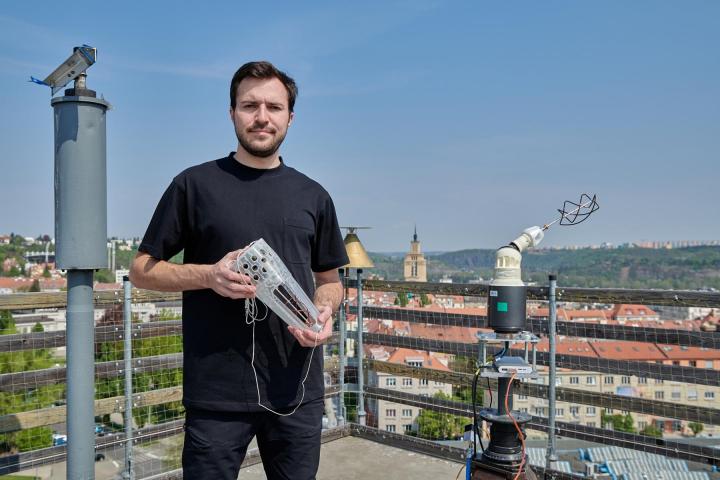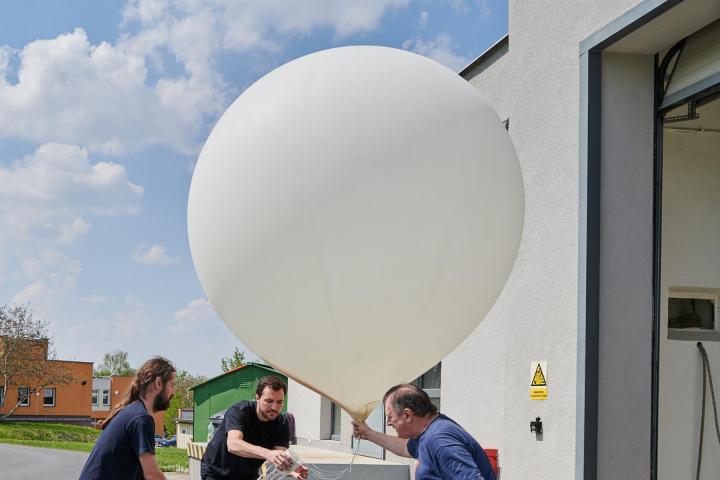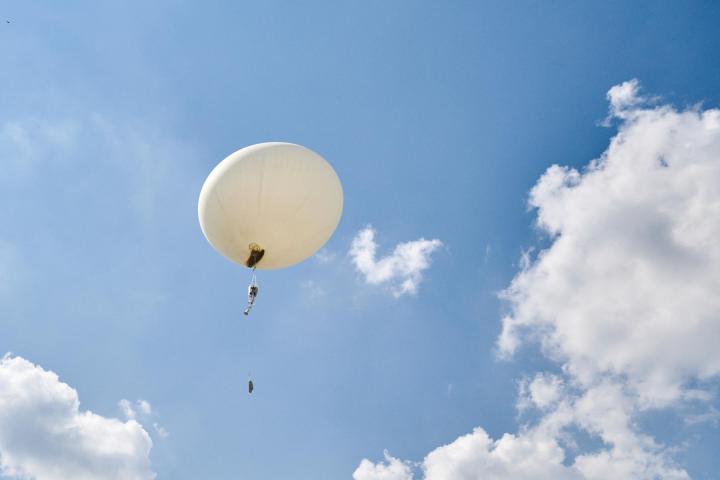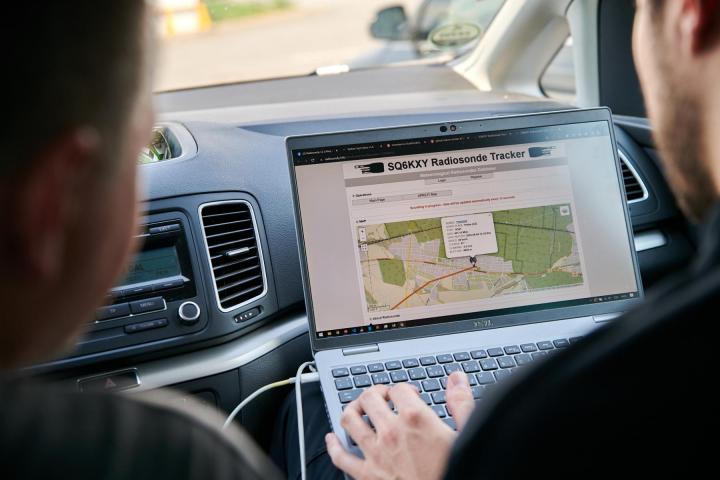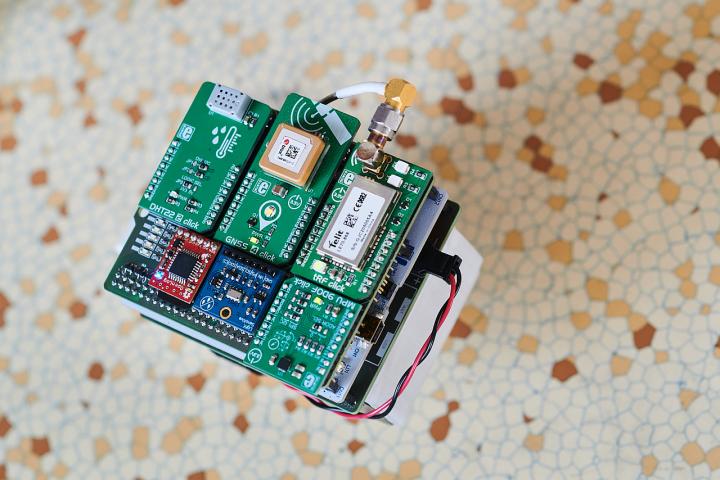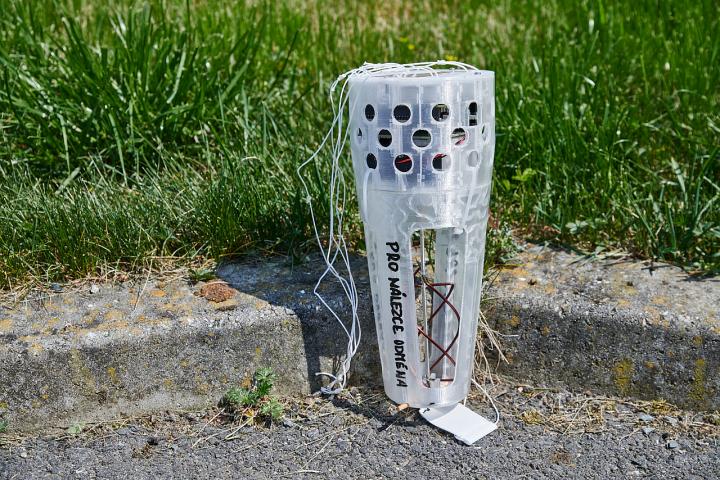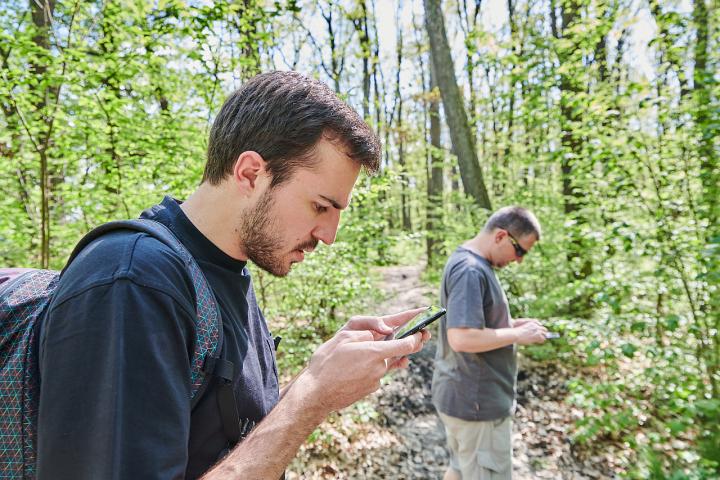"I was looking for a challenge and wanted to combine programming, hardware design and mechanical building. I wanted my work to include all of this. And I've always been tempted to measure data in extreme places where you wouldn't normally look - perhaps because you wouldn't survive there," explains a student in the Electronics and Communications Bachelor of Science program. The stratospheric probe fulfilled his idea beyond measure, as it was able to measure physical quantities that a normal person would probably never experience.
Jakub Dvořák created the entire software side of the project, built the hardware side according to his own design, and also designed the original outer packaging of the probe in a graphics program, which he printed on a 3D printer. The whole project, from design to production to measurement and processing, took less than four months to complete and most of the time was spent on programming. "I had no experience at all with microcontroller programming. So every line I produced was new to me. At the same time, programming is the part of the project where I surprised myself the most," says the student, who spent the equivalent of a full-time job preparing the experiment.
"Jakub Dvořák's bachelor thesis is really very complex. Even his opponent assured me that it was not really a thesis," says the thesis supervisor Dr. Tomáš Kořínek from the Department of Electromagnetic Fields at the Faculty of Electrical Engineering. "The measurements made by Jakub Dvořák's probe are useful for the deployment of modern 5G and 6G communication networks," he adds.
The probe eventually reached an altitude of 17 kilometres and made measurements and sent telemetry data at 868 MHz.The purpose of the measurements was to determine the refractivity profile (the bending of the electromagnetic wave as a function of temperature, pressure and humidity) in the troposphere and to create a radio propagation model for the type of link used. The measured data was transmitted wirelessly to a computer on the ground. And the probe also transmitted information about its exact position.
The flying system ended its adventure journey in high altitudes and temperatures as low as -40 °C at a place 15 km away from the launch point, unfortunately in the 20-meter high treetops of the Klánovice Forest. The scientific success of the project was followed by another unexpected technical aspect - the rescue of the probe. Its creator first tried to use a retrieval rope transported into the branches with a sling and a metal nut. This failed, and so Jakub Dvořák once again drew on his extensive theoretical background from his studies and built a special drone for the purpose of rescue.
And where is Jakub Dvořák headed next? Aside from continuing his studies in engineering, he wants to stay true to his extreme environment. Similar measurements and the resulting propagation models he has already experienced can be used underground. By ensuring seamless communication they can contribute to greater personal safety In various shafts and mines.
The Faculty of Electrical Engineering has traditionally been one of the leading research institutions in the country and it manages to establish cooperation with important companies in the field. Jakub Dvořák also managed to get important partners for his bachelor thesis. The Czech Hydrometeorological Institute and the research and development team of Deutsche Telekom AG (DTAG) operating within T-Mobile CZ helped him to carry out the experiment. Martin Motl and Pavel Žárský from the Prague Observatory of the Czech Hydrometeorological Institute Libuš made the launch of the experimental probe possible. In addition to the experimental probe, a two-metre balloon filled with hydrogen carried a hydrometeorological probe, used for aerological measurements, aloft on a 50-metre rope so that it would not be affected by its experimental counterpart. DTAG, in turn, loaned the student equipment to track the probe's movement in real time.
